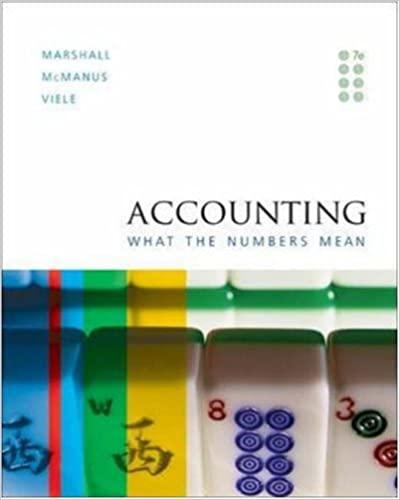is processed further? in Problem 17.30 Plant Shutdown or Continue Operations, Qualitative Considerations. Traditional Analysis KarlAuto Corporation manufactures automobiles, vans, and trucks. Among the various Karl Auto plants around the United States is the Bloomington plant, where vinyl covers and uphols- tery fabric are sewn. These are used to cover interior seating and other surfaces of KarlAuto products. Pam Teegin is the plant manager for the Bloomington cover plant-the first KarlAuto plant in the region. As other area plants were opened, Teegin, in recognition of her management abil- ity, was given the responsibility to manage them. Teegin functions as a rgional manager, although the budget for her and her staff is charged to the Bloomington plant. Teegin has just received a report indicating that KarlAuto could purchase the entire annual| output of the Bloomington cover plant from outside suppliers for $32 million. Teegin was aston- ished at the low outside price, because the budget for the Bloomington plant's operating costs was set at $56.45 million. Teegin believes that the Bloomington plant will have to close down operations in order to realize the $24.45 million in annual cost savings. The budget (in thousands) for the Bloomington plant's operating costs for the coming year follows: he Materials Labor Direct $12,000 $13,800 Supervision Indirect plant 3,750 4,300 21,850 Overhead: Depreciation-equipment Depreciation-building Pension expense Plant manager and staff Corporate allocation Total budgeted costs $ 5,000 3,000 5,600 3,000 6,000 o le2 22,600 $56,450 Additional facts regarding the plant's operations are as follows: Due to the Bloomington plant's commitment to use high-quality fabrics in all of its products, the Purchasing Department was instructed to place blanket orders with major suppliers to ensure the receipt of sufficient materials for the coming year. If these orders are canceled as a consequence of the plant closing, termination charges would amount to 18 percent of the cost of direct materials. Approximately 600 plant employees will lose their jobs if the plant is closed. This includes all direct laborers and supervisors as well as the plumbers, electricians, and other skilled workers classified as indirect plant workers. Some would be able to find new jobs, but many others would have difficulty. All employees would have difficulty matching the Bloomington plant's base pay of $29.40 per hour, the highest in the area. A clause in the Bloomington plant's contract with the union may help some employees; the company must provide employment assistance to its former employees for 12 months after a plant closing. The estimated cost to administer this serv ice would be 61 million for the year. Some employees would probably elect early retirement because the company has an excellent pension plan. In fact, $4.6 million of next year's pension expense would continue whether or not the plant is open. Chapter 17 Activity Resource Usage Model and Tactical Decision Making Teegin and her staff would not be affected by the closing of the Bloomington plant. They would still be responsible for administering three other area plants. Equipment depreciation for the plant is considered to be a variable cost and the units-of-pro- duction method is used to depreciate equipment; the Bloomington plant is the only KarlAuto plant to use this depreciation method. However, it uses the customary straight-line method to depreciate its building. Required: 1. Prepare a quantitative analysis to help in deciding whether or not to close the Bloomington plant. Explain how you treated the nonrecurring relevant costs. Consider the analysis in Requirement 1, and add to it the qualitative factors that you believe are important to the decision. What is your decision? Would you close the plant? Explain. (CMA adapted) 2








